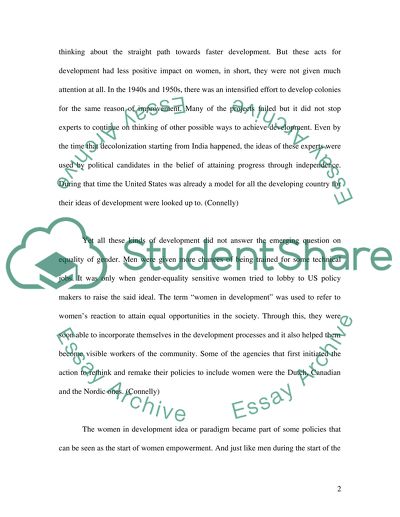Cite this document
(“Feminism Master Essay Example | Topics and Well Written Essays - 2000 words”, n.d.)
Feminism Master Essay Example | Topics and Well Written Essays - 2000 words. Retrieved from https://studentshare.org/sociology/1516819-feminism-master-essay
Feminism Master Essay Example | Topics and Well Written Essays - 2000 words. Retrieved from https://studentshare.org/sociology/1516819-feminism-master-essay
(Feminism Master Essay Example | Topics and Well Written Essays - 2000 Words)
Feminism Master Essay Example | Topics and Well Written Essays - 2000 Words. https://studentshare.org/sociology/1516819-feminism-master-essay.
Feminism Master Essay Example | Topics and Well Written Essays - 2000 Words. https://studentshare.org/sociology/1516819-feminism-master-essay.
“Feminism Master Essay Example | Topics and Well Written Essays - 2000 Words”, n.d. https://studentshare.org/sociology/1516819-feminism-master-essay.


